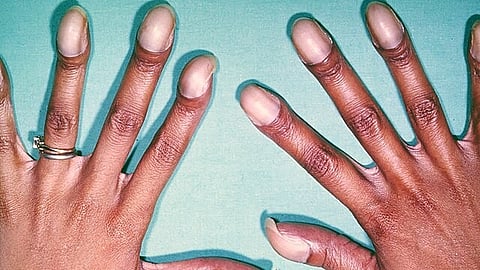According to a status report published by the All-India Institute of Medical Sciences in 2018, congenital heart defects (CHD) are prevalent in 8-12 per 1000 live births, making them the most common birth defects, contributing to 28% of paediatric cases. The severity of the defects varies, often leading to undiagnosed cases, both in childhood and adulthood.
The severity of these defects in some cases can be fatal. The symptoms include dyspnoea, arrhythmias, and Edema ranging from periorbital edema, ascites, or peripheral edema, some cases also have cyanosis or fatigue. The most common defects comprise septal defects, Eisenmenger anomaly, Ebstein's anomaly, Tetralogy of Fallot, bicuspid aortic valve, pulmonary valve stenosis, coarctation of the aorta, patent ductus arteriosum and transposition of great arteries.
As per the data provided by small-volume and large-volume sectors, about 43,000 babies are born in India yearly with serious CHD with around 27,000 CHD operations conducted yearly (3). These numbers are not justified with the volume of caseload received.


